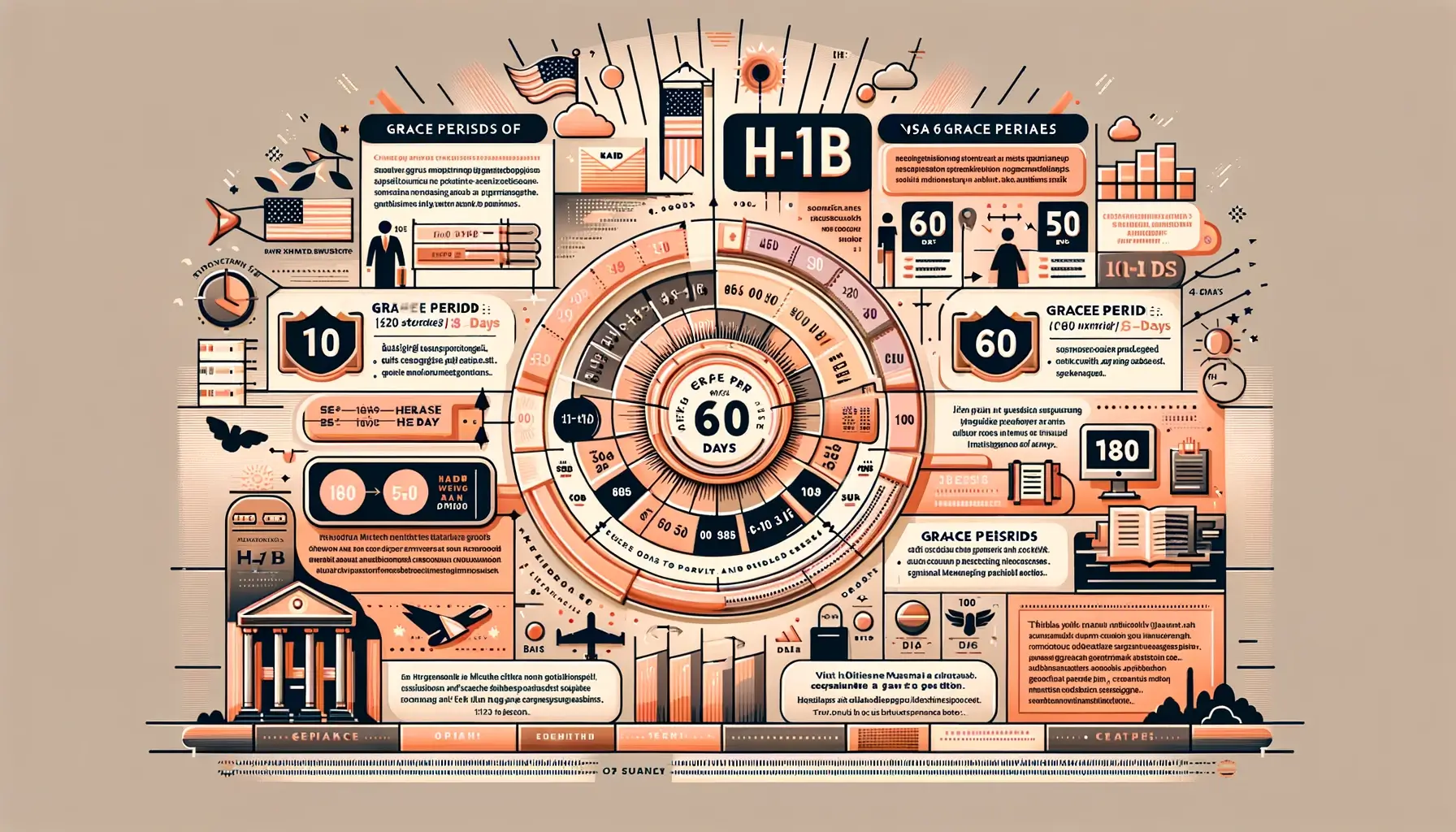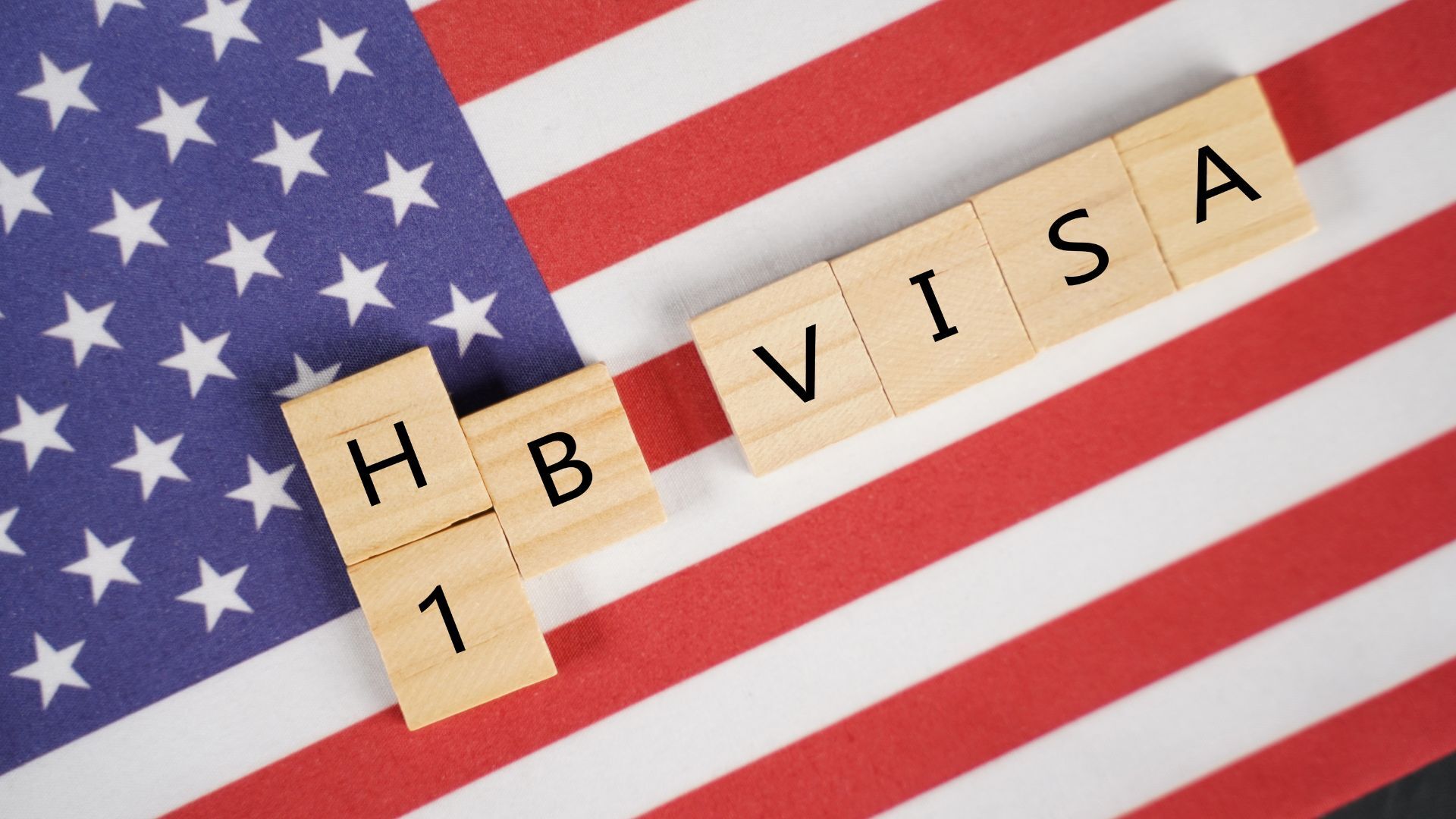What the New H-1B $100,000 Policy Actually Says (and What Changed Over the Weekend)
If you spent the weekend refreshing group chats and flight apps, you weren’t alone. A late-Friday proclamation tied H-1B entry to a $100,000 employer payment, prompting urgent company memos, last-minute itinerary changes, and widespread confusion for international workers and students. By Sunday, agency clarifications narrowed who’s actually affected right now—but the whiplash was real. This news brief cuts through the noise for F-1/OPT and current international students: what the rule says, how it shifted over the weekend, who truly needs to adjust plans, and what to watch next.
Table of Contents
- What the policy actually says (and what’s in force)
- Why students should care (short version)
- Weekend whiplash: how real people’s plans were disrupted
- “Does this apply to me?” — student scenarios at a glance
- What to watch next
- Quick advice for OPT & international students
-Sep-22-2025-08-21-49-5178-PM.jpg?width=1920&height=1080&name=GoElite.com%20Square%20Design%20(3)-Sep-22-2025-08-21-49-5178-PM.jpg)
1. What the policy actually says (and what’s in force)
On Sept 19, the White House issued a proclamation that restricts entry of certain H-1B workers who are outside the U.S. unless the employer’s petition is accompanied or supplemented by a $100,000 payment. It directs the State Department to verify payment and warns against B-visa “workarounds” for start dates before Oct 1, 2026; the policy window is 12 months starting 12:01 a.m. ET, Sept 21, 2025 (extendable).
On Sept 20, USCIS issued a memo clarifying the proclamation applies prospectively—only to petitions not yet filed as of the effective time. It does not apply to beneficiaries of already-filed petitions, approved petitions, or current H-1B visa holders, and it “does not impact the ability of any current visa holder to travel to or from the United States.”
2. Why students should care (short version)
If you’re on OPT/STEM OPT and plan to change status inside the U.S., the weekend guidance points to no $100K trigger for already-filed/approved cases; travel can still complicate things, so coordinate with your DSO and attorney.
If you plan consular processing (leaving to stamp an H-1B visa), expect the State Department to verify any required payment during visa processing/at entry.
Separate directives to raise prevailing wages and prioritize high-salary/high-skill cases will go through rulemaking and are not immediate.
3. Weekend whiplash: how real people’s plans were disrupted
Even before agencies clarified details, the Friday night rollout prompted urgent internal memos at major companies and set off a wave of canceled trips and last-minute returns:
-
Tech and finance firms (e.g., Amazon, Microsoft, Google, Tesla, Goldman Sachs) told H-1B staff to avoid international travel; some advised those overseas to return immediately—a scramble that led many to rebook flights or scrap vacations. 
-
Newsrooms and markets captured the ripple effects: coverage described confusion and travel disruptions, and Indian IT stocks briefly fell amid uncertainty before clarifications eased some concerns. 
-
White House and agency statements over the weekend then stressed that the fee is one-time, aimed at future/new petitions, and that current H-1B visa holders can continue to travel, helping many companies and employees reset plans. 
Bottom line: The rapid sequence—order on Friday, memos and media Saturday–Sunday, USCIS clarification—created a 48-hour period where many H-1B workers changed flights, paused weddings or family trips, and re-planned border crossings out of caution. If you’re an OPT student mapping your own timeline, that turbulence is a reminder to lock plans only after checking fresh guidance and to avoid unnecessary travel when policy is moving.
4. “Does this apply to me?” — student scenarios at a glance
|
Your situation
|
What the weekend guidance implies
|
|---|---|
|
In the U.S. on OPT/STEM OPT, planning Change of Status (COS)
|
Generally not subject to the $100K if your petition was already filed/approved; minimizing travel reduces “entry” complications.
|
|
Consular processing after Sept 21 (leave to stamp)
|
High-impact area: State is instructed to verify payment where applicable; B-visa “early entry” to wait for start dates is flagged for prevention (esp. before Oct 1, 2026).
|
|
Current H-1B holder traveling
|
USCIS says the proclamation does not impact a current visa holder’s ability to travel; still check post/port updates.
|
-Sep-22-2025-08-24-03-3022-PM.jpg?width=1920&height=1080&name=GoElite.com%20Square%20Design%20(4)-Sep-22-2025-08-24-03-3022-PM.jpg)
5. What to watch next
-
How consulates/ports verify payment and what documents employers must show.
-
Draft rules on prevailing wages and priority for high-salary/high-skill cases (these could reshape H-1B strategy in 2026+).
-
Any national-interest waiver criteria or sector-wide exemptions.
6. Quick advice for OPT & international students
-
Prefer COS (if eligible) and defer non-essential travel until your attorney confirms local consulate/port practices.
-
Keep SEVIS/OPT compliance airtight (I-20, EAD, pay stubs, I-94).
-
Track rulemaking on wages/priority and talk early with your employer about budgets and timing.
The past 48 hours were a stress test for anyone living their life on a student visa or H-1B: plans were upended first, then partially restored by clarifications. As of today, the $100,000 requirement is framed as prospective and tied to new petitions and entry, while current H-1B holders and already-filed/approved cases are not the target—and travel by current holders is not supposed to be restricted. For OPT/STEM OPT students, that means your safest near-term posture is to favor in-country Change of Status, defer non-essential travel, and keep your SEVIS and employment records immaculate while agencies finalize playbooks for consulates and ports of entry. In the medium term, watch the prevailing-wage and high-salary priority proposals; those could reshape hiring and lottery dynamics more than this weekend’s headlines. Above all, treat viral screenshots with caution, verify against official updates, and run decisions through your DSO and a qualified immigration attorney—so the next policy swing doesn’t swing your life.
You May Also Like
These Related Stories

H-1B Grace Period: 10 Days, 60 Days, and 180 Days

H-1B Stamping Options Explained
.webp)
.jpg?width=1200&height=400&name=Refer%20us%20to%20your%20friend%20and%20Earn%20$200+%20Bonus%20(1).jpg)
%20(1).jpg?width=288&height=480&name=%E9%87%8E%E7%81%AB%E4%B8%8A%E5%B2%B8%E7%BE%A4%E4%BA%8C%E7%BB%B4%E7%A0%81%20(600%20x%201800%20px)%20(1).jpg)
No Comments Yet
Let us know what you think